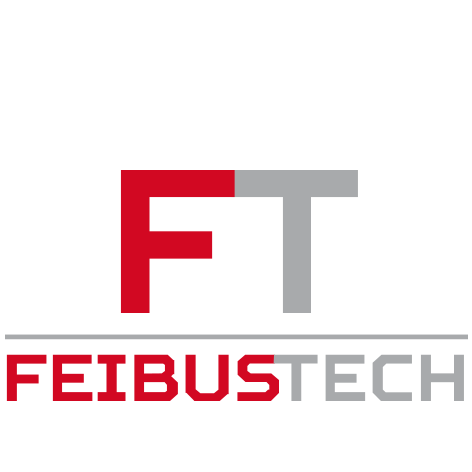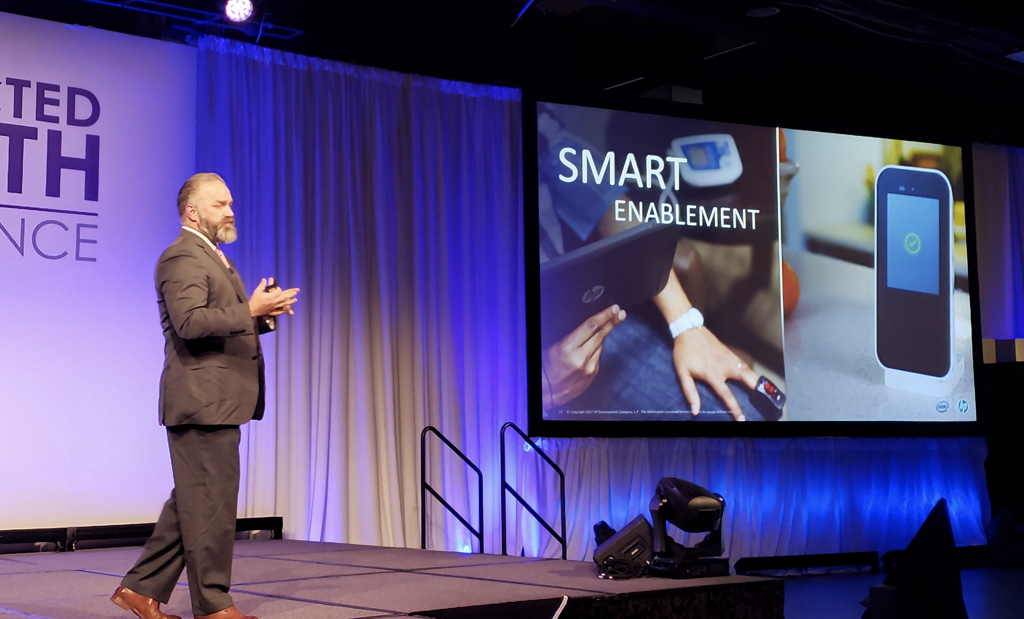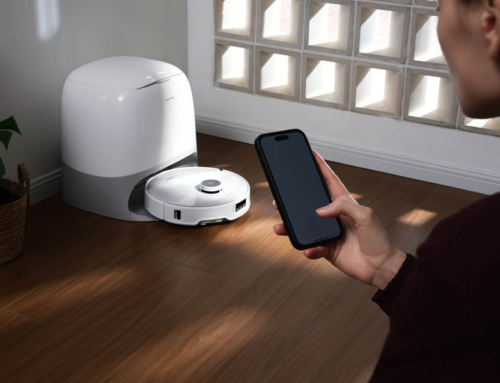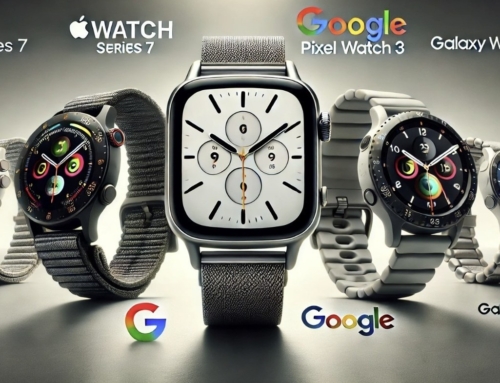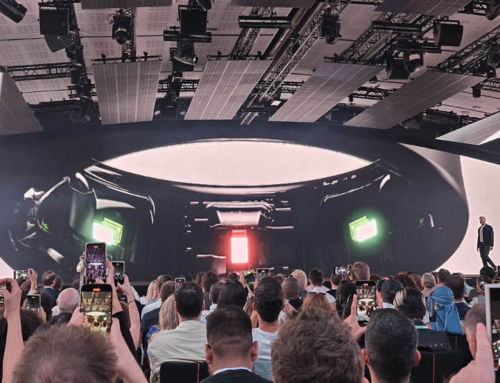The future’s long seemed rosy for remote patient monitoring as a great way to expand the footprint of care in this country and around the globe. And while long-term prospects are still huge, the segment is really starting to take off in the here and now.
That was certainly the vibe at the Connected Health Conference in Boston last week. But you can see for yourself. I produced a suite of videos at the show on behalf of Intel. Once you see them, I think you’ll agree that remote monitoring is here NOW – and the Intel Health Application Platform is a growing part of it.
Reid Oakes, HP’s head of healthcare. Reid and I discuss agile care, the importance of data for quality care, and HP’s collaboration with Intel to make that all possible.
Jennifer Esposito, GM of Intel’s Health & Life Sciences Group. Last day of the show. I caught up with Jennifer on the show floor to discuss the big takeaways from Connected Health.
Intel and Aventyn share results of a promising new study. Filmed on the show floor and on location at Dignity Health’s Mercy Gilbert Medical Center in Arizona, the pilot gives us a glimpse of what’s possible with remote patient monitoring.
Enrique Estrada, Director of Strategic Solutions, Care Innovations. At Connected Health, Care Innovations unveiled a kit that enables a new level of flexibility to respond to patients’ changing conditions. It’s based on iHAP, Intel’s home health hub.
Barry Reinhold, President & CTO, LNI (Lamprey Networks). The underlying standards are critical to give providers the ability to mix and match personal health devices and ship the data into the electronic medical records. Barry explains why Continua and FHIR are so important to the underlying framework – and why it’s a big deal that Intel’s health application platform supports both.
